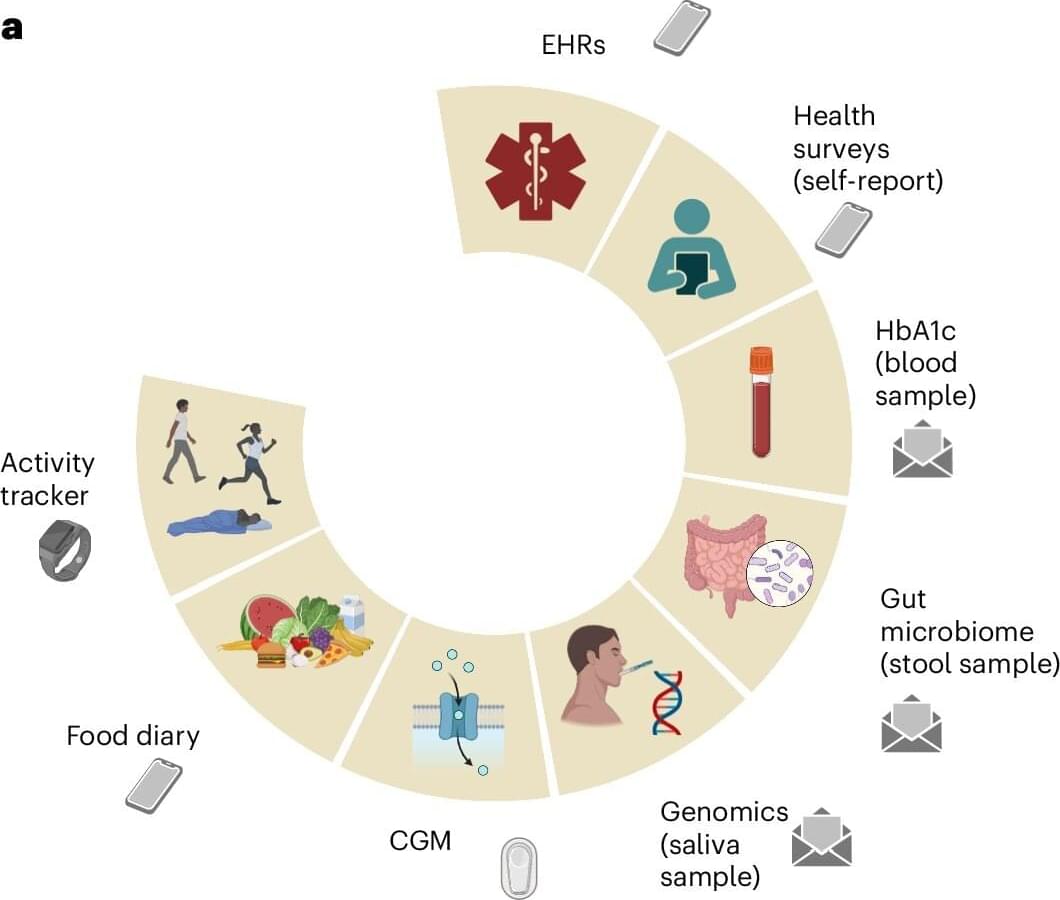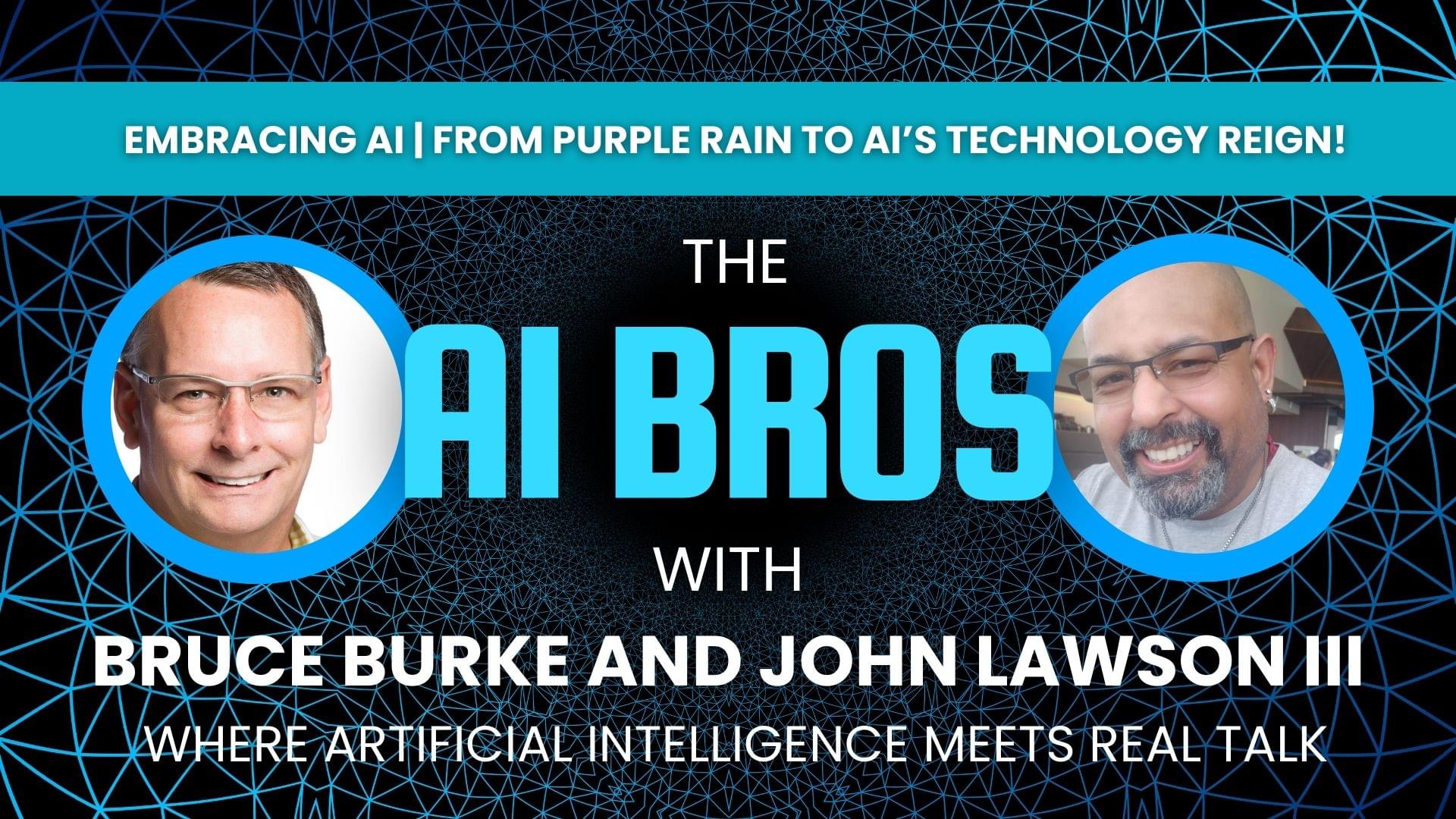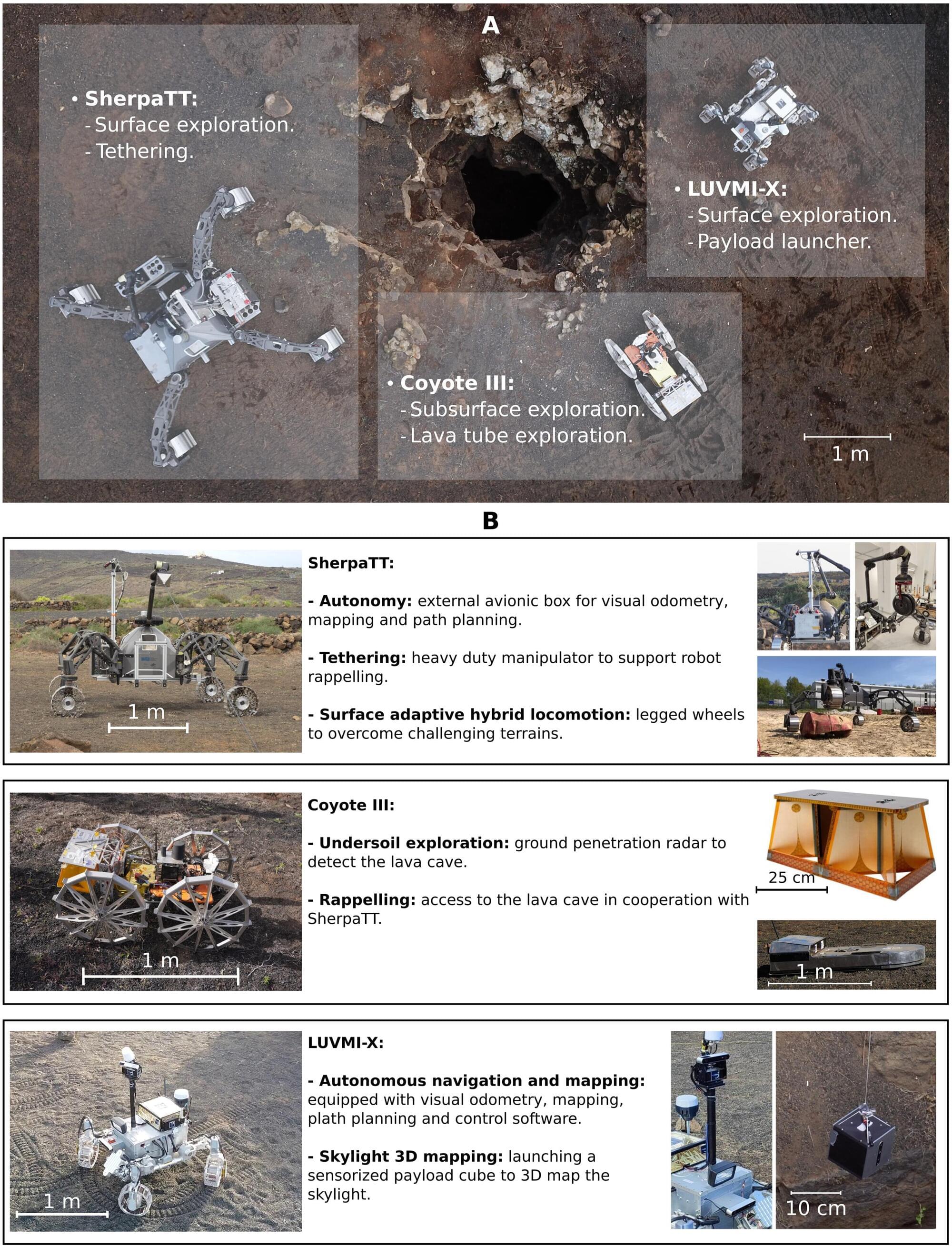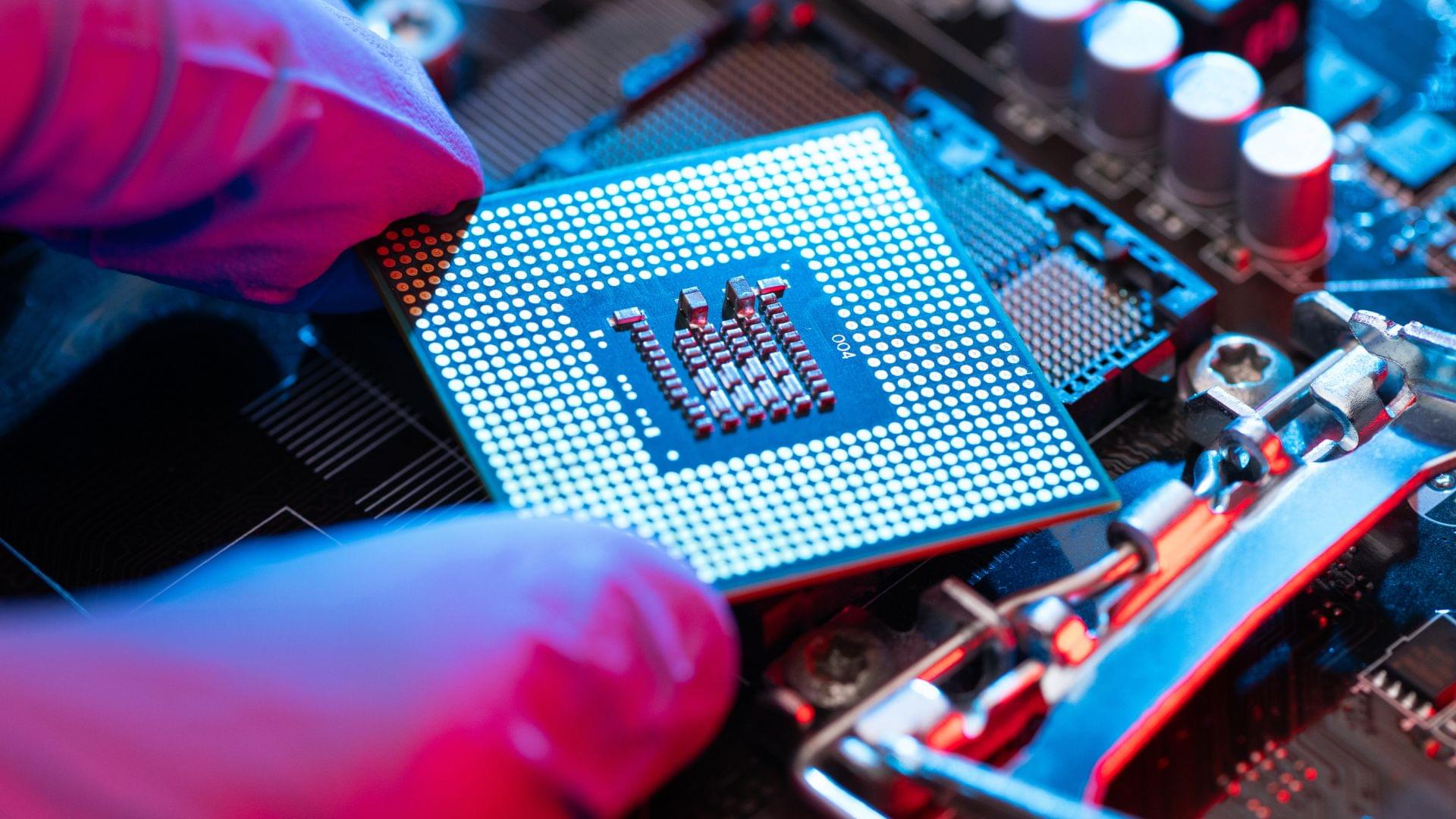Bruce and John are embracing AI innovation, one hug at a time.
In the latest episode of AI Bros, Bruce Burke and John Lawson III take listeners on a journey through the ever-evolving landscape of artificial intelligence, peppered with personal anecdotes and industry insights. Titled “From Purple Rain to AI’s Technology Reign,” this episode is a testament to the dynamic nature of technology and its impact on various sectors.
The conversation begins with a light-hearted discussion about Prince’s iconic “Sign O’ the Times” concert film, which is being re-released in IMAX. Bruce and John reminisce about the legendary artist’s influence and the technological advancements that have allowed his work to be experienced in new formats. This naturally leads into a broader conversation about how industries, including the adult industry, are often at the forefront of adopting new technologies.
As the discussion progresses, the focus shifts to the recent release of ChatGPT-5 by OpenAI. Bruce and John explore the mixed reactions from the tech community, highlighting the improvements in reasoning and factual accuracy promised by the new model. They delve into the implications of these advancements for businesses and consumers alike, noting the strategic moves by companies like OpenAI to make AI more accessible and integrated into everyday life.
A significant portion of the episode is dedicated to the economic impact of AI, particularly the rapid creation of wealth in the sector. Bruce shares insights from a report by CB Insights, revealing the unprecedented speed at which AI companies are minting new billionaires. The hosts ponder the sustainability of such rapid growth and the potential for a bubble, offering a thoughtful analysis of the current economic landscape.
Throughout the episode, John and Bruce also touch on the personalization features of AI models, which allow users to tailor interactions to their preferences. They discuss the emotional attachment users develop with AI, drawing parallels to the nostalgia some feel for older versions of technology. This personalization, they argue, offers both enhanced user experiences and potential challenges in managing user expectations.
As the episode draws to a close, Bruce and John reflect on the future of AI and its role in shaping industries and personal lives. They emphasize the importance of embracing innovation and staying informed about technological advancements.








